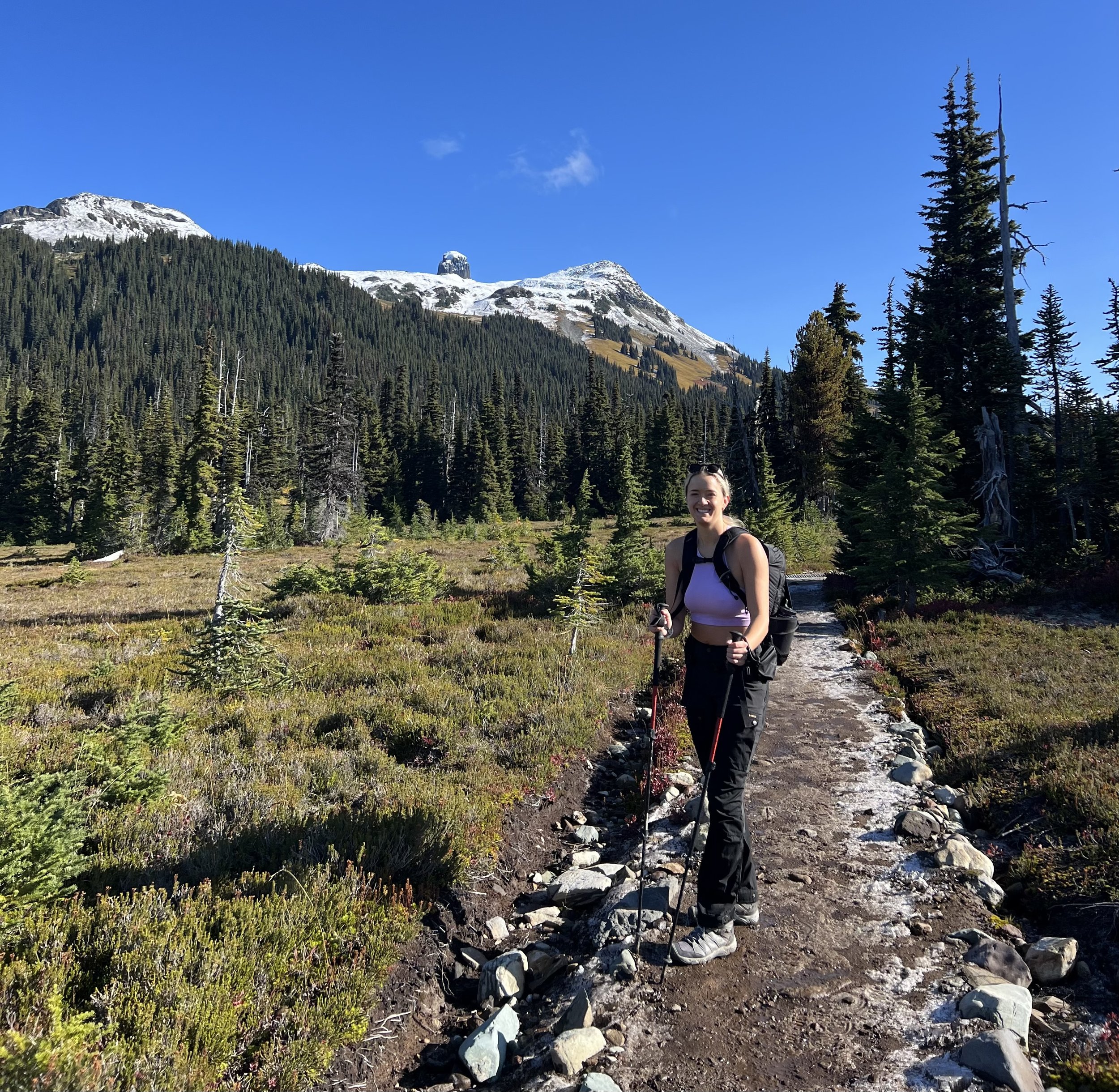Hiking season is here! Now, how can you avoid injuries along the way?
With the arrival of hiking season in Vancouver, the excitement for many of us is real. After a long, rainy winter, it’s time to lace up your boots, hit the trails, and embrace the beauty of the amazing province we live in. However, whether you're a seasoned hiker or a beginner, preparing your body for the challenges of hiking is essential for a safe, enjoyable, and injury-free season. Each year, many clients walk through my doors with injuries related to hiking. Whether it is knee, ankle or hip pain, I tend to see the same injuries each year - and most of the time, it is related to lack of specific strength preparation for the demands of the hikes they are participating in.
Here is some advice to help mitigate the risk of injury or pain this hiking season.
1. See a Physiotherapist
A comprehensive evaluation of your baseline strength, flexibility, and range of motion by a Physiotherapist can offer valuable insights into potential areas prone to injury. This evaluation can uncover any areas of weakness or imbalance that may increase the risk of injury during your hikes. By identifying these potential problem areas early on, you can work with your physiotherapist to develop targeted exercises and interventions to address them, ultimately reducing the likelihood of injury and enhancing your overall performance and well-being. You also don’t need to spend hours at the gym - 2-3 targeted exercises is enough is most cases to target the goal areas.
2. Strengthen Your Muscles
Hiking places significant demands on your leg muscles, including the quadriceps, hamstrings, calves, and glutes. Incorporate strength training exercises such as squats, lunges, and steps ups into your workout routine to build muscle strength and endurance. Additionally, eccentric exercises (load through length), especially for your quads, is key to ensuring your knees have optimal surrounding strength and support for the tough downhill portions. Strengthening your core muscles is also crucial for stability and balance on uneven terrain.
3. Start with shorter hikes and gradually increase the duration and intensity
Start your hiking season by selecting shorter trails that align with your current fitness level and abilities. As you gain confidence and endurance, gradually extend the duration and intensity of your hikes. This gradual progression not only helps to build stamina but also allows your muscles and joints to adapt to the demands of hiking, reducing the likelihood of overuse injuries or strain. Remember to listen to your body and pace yourself accordingly, taking breaks as needed and staying hydrated throughout your hikes. By gradually increasing the challenge level of your hikes, you'll steadily improve your fitness and be better prepared for longer and more challenging trails in the future.
4. Invest in Proper Footwear
Choosing the right hiking footwear is crucial for supporting your feet and ankles on the trail. Look for shoes or boots that provide good ankle support, ample cushioning, and a grippy sole for traction on various surfaces. It's also important to break in your hiking shoes before your first hike to prevent blisters and discomfort.
5. Consider using Hiking Poles
Hiking poles can be valuable accessories for enhancing stability, reducing strain on your joints, and improving overall hiking performance. They provide added support on uneven terrain, help distribute weight more evenly, and reduce impact on your knees and hips. Invest in a pair of lightweight, adjustable hiking poles and practice using them before hitting the trails.
Happy hiking! ☺
Bri Hicks Physio & Performance is dedicated to providing evidence based physiotherapy care.
Starting your hiking journey? Reach out if you have any questions or to get help booking your physiotherapy appointment today!

